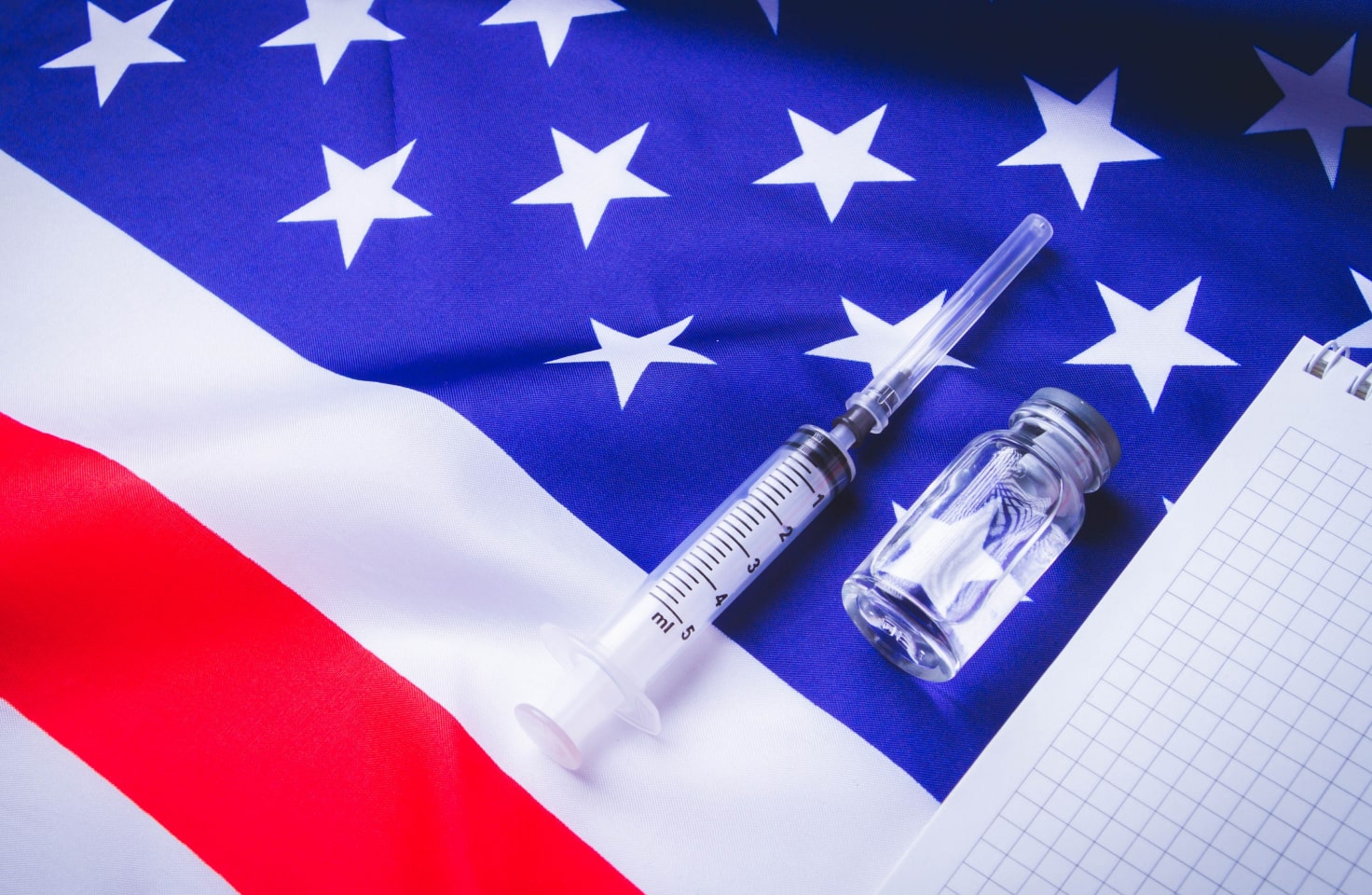T1D Guide
T1D Strong News
Personal Stories
Resources
T1D Misdiagnosis
T1D Early Detection
Research/Clinical Trials
10 Interesting Facts about Type 1 Diabetes You May Not Know
Since diabetes mellitus, particularly type 1 diabetes, is such a misunderstood illness, T1Ds used to keep their illness a secret for fear of scrutiny. Giving insulin injections in public restaurants or on the bus might have been frowned upon, and wearing an insulin pump or continuous glucose monitor raised too many questions.

Type 1 diabetes is the lesser-known diabetes—with just over five percent of the U.S. population diagnosed versus 90 to 95 percent of type 2 patients, it’s easy to see why. They have the same name, but the two diseases are quite different. Type 1 diabetes is an autoimmune disease, like lupus, celiac, Addison’s or Crohn’s disease. In type 1, antibodies destroy the pancreatic beta cells that produce insulin. Though trying to protect, the body actually attacks, wreaking havoc and damaging vital cells needed to survive.
The Most Common Type 1 Diabetes Symptoms are:
- Extreme thirst; dry mouth
- Extreme hunger
- Unexpected weight loss
- Frequent urination
- Fruity breath or urine
- Legarthy or exhaustion
- Dry skin
- Blurred vision
Here are 10 facts about this insidious disease you may not know.
1. Type 1 diabetes is on the rise.
According to the Centers for Disease Control and Prevention, the number of people (under 20) living with type 1 diabetes grew by 45% from 2001 to 2017. Then, from 2017 to 2020, the number jumped 30%, with 1.6 million T1D cases, up from 1.25 million.
2. Type 1 diabetes is as common in adults as children.
The American Diabetes Association cited in 2021 that two million Americans have type 1 diabetes, including 304,000 children and adolescents. This is why it can no longer be called juvenile diabetes or kids’ diabetes. This insulin-dependent variety affects children, teens, and young adults aged six months up to 45.
%20having%20diabetes.jpg)
3. A symptom of type 1 diabetes is unexplained weight loss.
The four primary symptoms of type 1 listed above include increased thirst and urination, lethargy, and rapid weight loss. People diagnosed with the autoimmune condition become suddenly thin because their body develops a life-threatening complication called diabetic ketoacidosis (DKA).
DKA is a metabolic condition where high blood glucose and acid build up in the bloodstream, starving the cells of energy. The body then breaks down fat as a source of fuel. With DKA, patients develop nausea, vomiting, abdominal pain, difficulty breathing, dehydration and loss of consciousness.
4. Diabetes is no longer a hidden disease.
Since it’s such a misunderstood chronic disease, T1Ds used to keep their illness a secret for fear of scrutiny. Blood sugar monitoring or giving shots in public restaurants or on the bus might have been frowned upon, and wearing an insulin pump or continuous glucose monitor raised too many questions. However, nowadays, thanks to popular T1D celebrities raising awareness, type 1 diabetes is acceptable and commonly known. People are more knowledgeable about what an artificial pancreas system is.
Pop star Nick Jonas openly discusses his diabetes mellitus diagnosis at age 13, and young runway model Lila Moss wears her Omnipod pump proudly on fashion runways. In addition, sports superstars like NFL football player Jay Cutler, professional snowboarder Sean Busby, and Indy 500 racecar driver Charlie Kimball raise awareness about the chronic disease. They’re not hiding their illness and making it easier for others.

5. People with type 1 diabetes can eat and drink anything they want.
Contrary to popular belief, T1Ds can enjoy a piece of birthday cake or imbibe with a cocktail or beer. It doesn’t matter whether a person with type 1 eats a brownie or an apple—they each have carbohydrates, lead to high blood sugar and need insulin.
Follow the daily recommended intake for alcohol, speak with your diabetes care team, and learn the effects of alcohol on your blood sugar level; each person is different.
Of course, eating an apple is a better choice for people in general than dessert. And yes, high-sugar cereals and soda pop should be avoided because they raise blood glucose levels faster and need more insulin, but sometimes, when a T1D’s blood sugar drops, those foods are exactly what they need.

6. Every T1D case is managed differently.
You will be hard-pressed to find two individuals requiring the same amount of insulin daily. Variants include age, hormones, exercise, metabolism rate, and stress. All these factors affect your blood glucose level, which is why insulin dosing is so different and rarely remains static.
Soon, you’ll learn how your body responds to certain factors. No matter what people tell you, even your doctor, you must be your advocate and the expert behind your insulin dosing and blood glucose treatment. Like every disease, good nutrition and regular exercise are key to healthy management.
7. Researchers are close to a cure.
There are type 1 individuals living lives insulin-free right now. They’ve undergone a beta-cell transplant surgery, where doctors implant healthy insulin-producing cells into a person’s pancreas, replacing the destroyed islet cells with healthy ones. After the transplant, recipients must take immunosuppressive drugs indefinitely, which could have potential side effects.
In the United States, Ohio resident Brian Shelton’s extreme blood sugar lows caused him to lose consciousness without warning. He received an infusion of insulin-producing stem cells and qualified for a clinical trial with Vertex Pharmaceuticals, marking him the first person cured of type 1 diabetes. Time will tell how long the cells work and if the procedure needs repeating.

8. Type 1 is often misdiagnosed as type 2 in adults.
For decades, type 1 diabetes was viewed as a disease that affected children and adolescents under 20 years old. Many individuals around the age of 30 have been misdiagnosed with type 2 for this reason. Sometimes, a family history may put you at a higher risk for type 2.
Though the causes of T1D are still unknown, we now know certain genes contribute to type 1 diabetes.
The different types, including gestational diabetes, are managed differently and, without proper testing-diagnosed and treated incorrectly to control blood sugar levels. This disservice leaves patients with dangerous health consequences as type 2 can be treated initially with diet and pill therapy, while type 1 patients are insulin dependent. The complications of T1D include diabetic retinopathy, nerve damage, heart and kidney disease, which is why the right blood tests to differentiate the two are vital.
9. Life expectancy for T1Ds is exceedingly promising.
Historically, individuals with diabetes type 1 and type 2 have been known to have shorter life spans than non-diabetics. With current pump therapy and access to an artificial pancreas system, T1Ds are living into their 80s and 90s. One New Zealand woman, Winsome Johnston, is considered one of the world’s longest-living people with type 1 diabetes. Johnston had T1D for 78 years. However, San Diego resident Bob Krause beat her record by living 85 years with the disease.
10. Technology keeps getting better.
In the early days of diagnosis back in the 1920s, people had to check their blood sugar by holding a test tube of urine over a flame. This method wasn’t accurate and naturally didn’t provide real-time results. Now, with artificial pancreas systems and CGMs, people no longer have to check their blood sugar throughout the day; they can read it on their pumps, iPhones and Apple watches instantaneously.


.webp)





.webp)
.jpg)
.jpeg)
.jpg)
.jpg)
.jpg)
.jpg)



.jpg)

.jpg)

.jpg)



.jpg)
.jpg)
.jpg)

.jpg)

.jpg)














.jpg)


.jpg)







.webp)












.webp)





















.webp)








.jpg)




.jpg)















.webp)